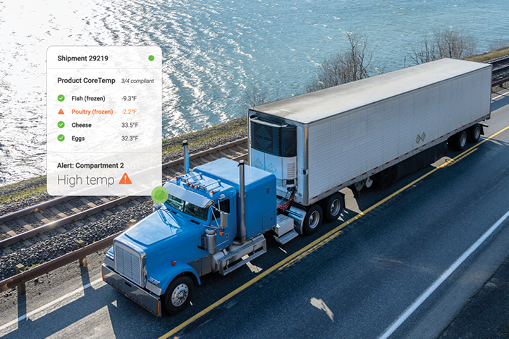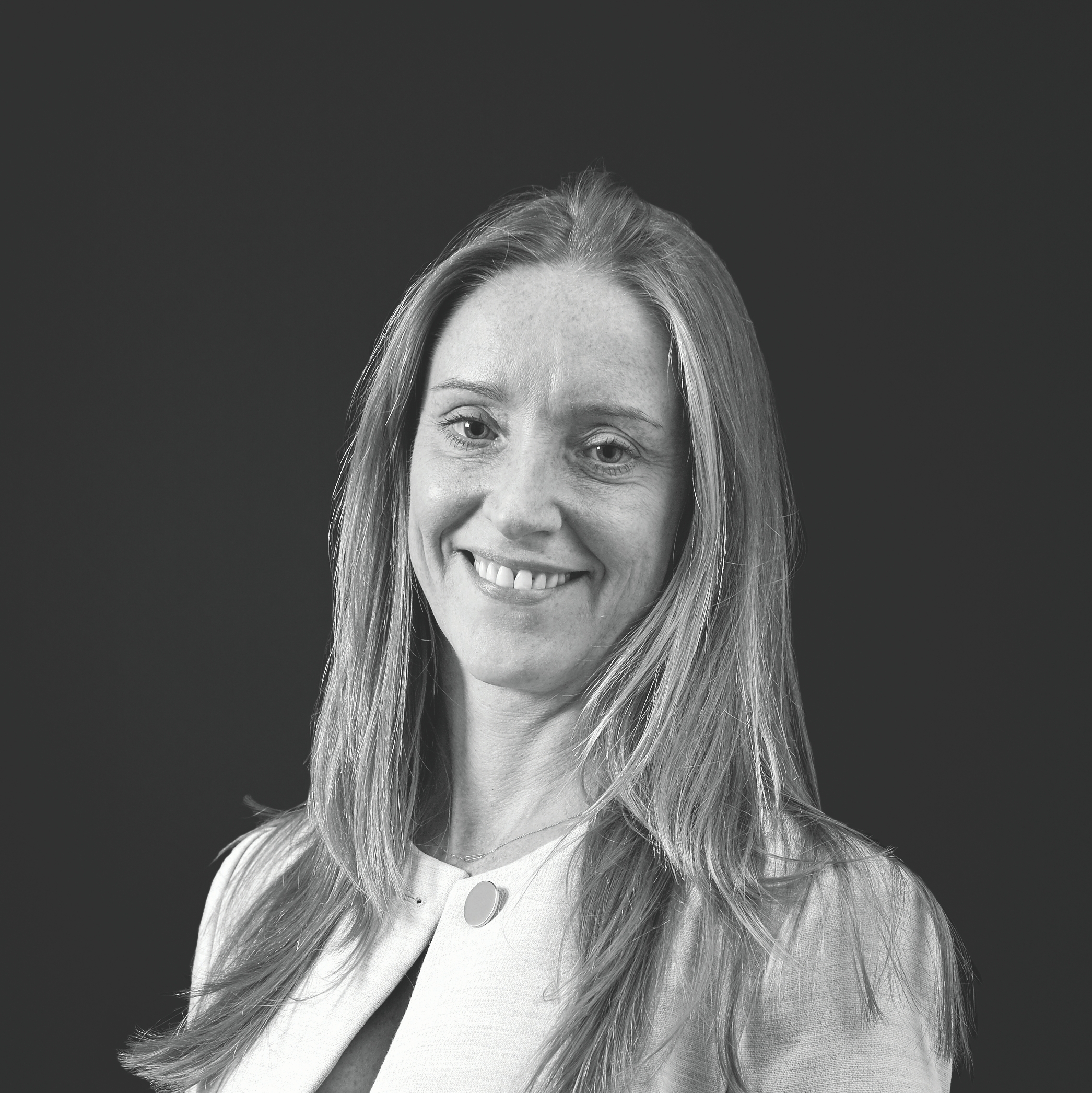
Much has happened in the three years since Listed@ASX last interviewed New Zealand telematics business EROAD, not least of which has been a move from negative free cash flow to sustainably generating positive free cash flow. This repositioning has involved a shift of focus, especially in the US. At the same time, EROAD has cemented its position in the Australasian market to generate $195 million in revenue globally.
“Profits are really important as a technology business, because we want to keep growing and investing in new R&D, but we need to earn the right to grow,” says EROAD co-CEO, Mark Heine, from his head office in Auckland.
“We’ve gone from being a business that tried to do everything for everyone in a massive market, to focusing on the niches where we have a really clear competitive advantage. And that's around cold chain, which is looking after food and refrigerated vehicles and very large enterprise customers that need a really strong, stable and innovative telematics platform. So we've focused on those areas and done that incredibly well and profitably.”
The US telematics sector is highly competitive, which means EROAD has been deliberate in its approach.
“We've had to be smart around how we go into that market. We look at clear customer needs. If you're a large enterprise customer with 10,000 vehicles on the road, you can't just take an off-the-shelf telematics solution. A lot of US vendors treat those the customers like one of many and hope their solution works well for them. We focus on what the customer really needs, making sure the tech delivers value,” says Heine.
The result is higher customer loyalty
“We find customers become more sticky as we build and integrate our system deep into their back end, whether it's around managing driver work time or making sure they are driving during appropriate hours. Customers have access to really good insights and dashboards around driver behaviour. They know what their drivers are doing to keep themselves safe on the road,” he adds.
Heine says EROAD’s ability to really understand its customers’ business has allowed it to build its US operations. “We have grown to be an NZ$80 million dollar business in North America by focusing really tightly on customer needs.”
Heine says EROAD’s ability to really understand its customers’ business has allowed it to build its US operations. “We have grown to be an NZ$80 million dollar business in North America by focusing really tightly on customer needs.”
“The telematics industry in Australia is highly fragmented. Over the last few years, EROAD has built the best health and safety telematics business in that market, one that's focused on driving value for customers,” says Heine.
“We believe there's huge growth potential in Australia for EROAD, because we have the brand recognition and the best technology in the market. So we’re investing to grow and consolidate.”
“We have grown to be an NZ$80 million dollar business in North America by focusing really tightly on customer needs.”
Like most businesses, EROAD is exploring how AI can help it scale
“We look at AI through a couple of lenses. One is how we give the customer what they need to drive better performance in their business. The other area is how we do R&D quicker and more efficiently,” says Heine.
Predictive vehicle maintenance is one area where AI is likely to have important applications for EROAD and its customers. Monitoring refrigerator trailers that carry millions of dollars in goods such as food and medicines is one of EROAD’s services and the business is presently investigating how emerging tech can enhance its offer in this area.
“If the refrigerator trailer stops pulling what's in it, this can cause millions of dollars in losses. So we developed a tool where we can understand all fault codes and warnings including the ingestion of fuel and how long the vehicle has been on the road to understand potential indicators of failure. This means we can provide advice to our operators about which of their 10,000-plus vehicles to service first to make sure they don't break down,” Heine explains.
“It means customers avoid the cost of failure and breakdowns, and it's been incredibly successful.”
Driver safety is a focus for EROAD and new tech is continually being built into its platform around this, such as a dash cam that can monitor data points in vehicles such as the driver yawning or having micro naps.
“We have hundreds of thousands of vehicles on the road we're monitoring and we need to be able to point out to customers which drivers are the most dangerous. Our AI-enabled dash cam can identify vehicles that are most at risk. This allows us to prompt customers to call the driver or request they pull over to make the road safer,” Heine says.
Turning to more managerial aspects, EROAD uses a co-CEO model, with Heine and his CEO counterpart, David Kenneson, working together to drive global growth.
"Having a co-CEO model gives double the capacity for staff, customers and investors to get to know the CEOs and get decisions made quickly".
“The advantages are immense. Having a co-CEO model gives double the capacity for staff, customers and investors to get to know the CEOs and get decisions made quickly. It means more human-to-human connection with staff and customers and allowed us to increase the tempo in the organisation,” says Heine.
Responsibilities are divided globally. “It's not that David is in charge of North America and I'm in charge of ANZ. David has expertise working for global technology businesses and he runs sales and marketing and customer operations. My background is transport, engineering and technology. So I run product engineering, innovation, finance and the supply chain. But we don’t keep things entirely separate, we complement each other,” he adds.
As for the future, Heine is making sure there is appropriate emphasis on all three of its markets, New Zealand, Australia and the US, at a time when global markets are volatile.
“We work really closely with our customers so if they see their revenue drop or their expenses increase, they can rely on EROAD to reduce their fuel and driver costs.
“We're conscious that over the next few months, people are going to be thinking about their buying decisions. So we look for alternative ways we can support our customers, such as through smaller, more incremental contracts, rather than do a big procurement deal.”

The business is also looking at its approach to hardware.
“Rather than having to put hardware in a vehicle in the first place, a lot of modern cars, trucks and trailers are already connected to the internet. So all we need to do is get the data directly from the vehicles,” says Heine.
“There's uncertainty in the US economy right now, but we have the tools and levers to manage and mitigate the risk as much as possible. It’s all about helping our customers to make really good buying decisions.”
Related links
Disclaimer
Independent advice from an Australian financial services licensee is needed before making financial decisions. This is not intended to be financial product advice. To the extent permitted by law, ASX Limited ABN 98 008 624 691 and its related bodies corporate excludes all liability for any loss or damage arising in any way including by way of negligence.
© Copyright ASX Operations Pty Limited ABN 42 004 523 782. All rights reserved 2025.
